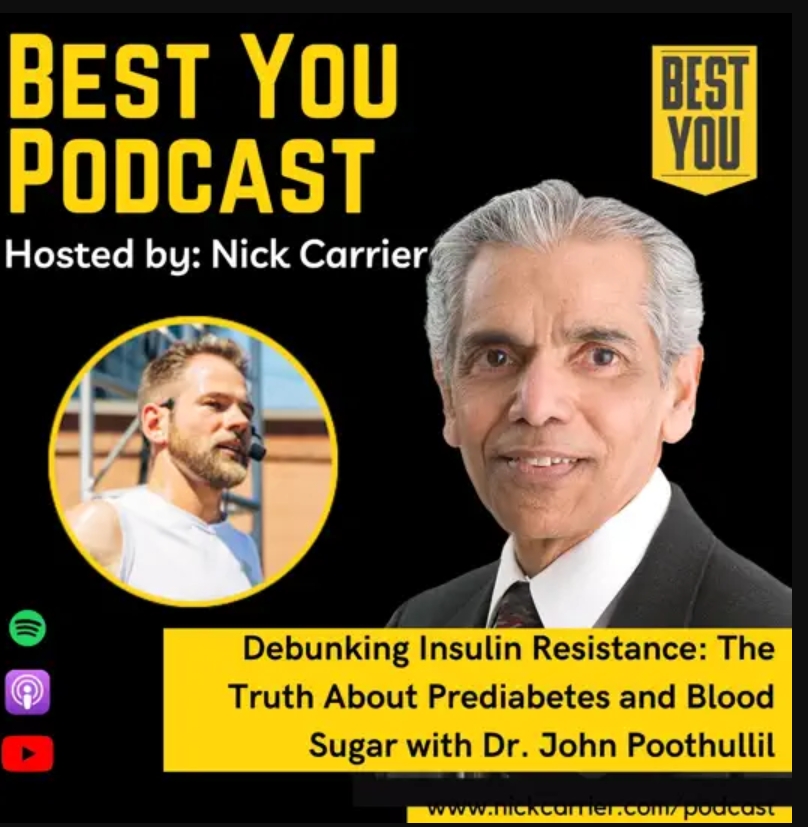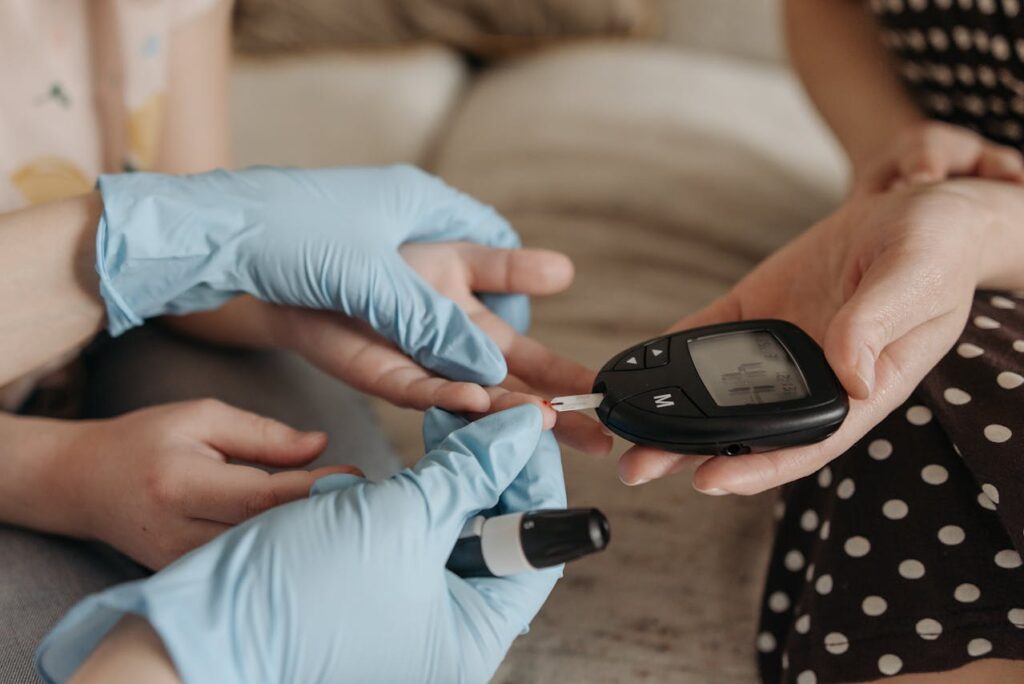This article was originally posted in the USA Daily Times.
Many Americans have chosen to follow a low-carb, high-fat diet such as the Keto and Paleo diets which I believe is a good choice for those diagnosed with Type 2 diabetes. But many wonder, “What will happen to my cholesterol levels if I choose to go on a high-fat diet?”
Why is there so much confusion about cholesterol? I suggest you continue reading.
A Mistaken Science Led Us In The Wrong Direction
In the US, one of the major factors behind our love for grains arose out of a misguided war against fat. In the mid-1980s, a million Americans were dying from heart disease, believed to be caused by the consumption of fatty foods.
Several scientists published articles with research that showed that fat, specifically low-density lipoprotein (LDL) cholesterol, clogs arteries. Politicians influenced by those reports declared war on fat. The National Institutes of Health recommended that all Americans eat less fat and cholesterol to reduce the risk of heart disease.
In response, the food industry began promulgating the virtues of “healthy” carbohydrates over fats. Americans bought into that marketing and increased their intake of carbohydrates while reducing their consumption of fat. Grain-based cereals for breakfast, sandwiches for lunch, and starches (rice, potatoes or corn) to accompany dinners became staples of the American diet, along with mass-produced donuts, cakes, pies, pasta, pizza, and breads.
The result: the prevalence of Type 2 diabetes has surged from 5 million to 24 million cases since 1980. According to the National Institute of Health, “The prevalence of diabetes (type 2 diabetes and type 1 diabetes) will increase by 54% to more than 54.9 million Americans between 2015 and 2030; annual deaths attributed to diabetes will climb by 38% to 385,800; and total annual medical and societal costs related to diabetes will increase 53% to more than $622 billion by 2030.
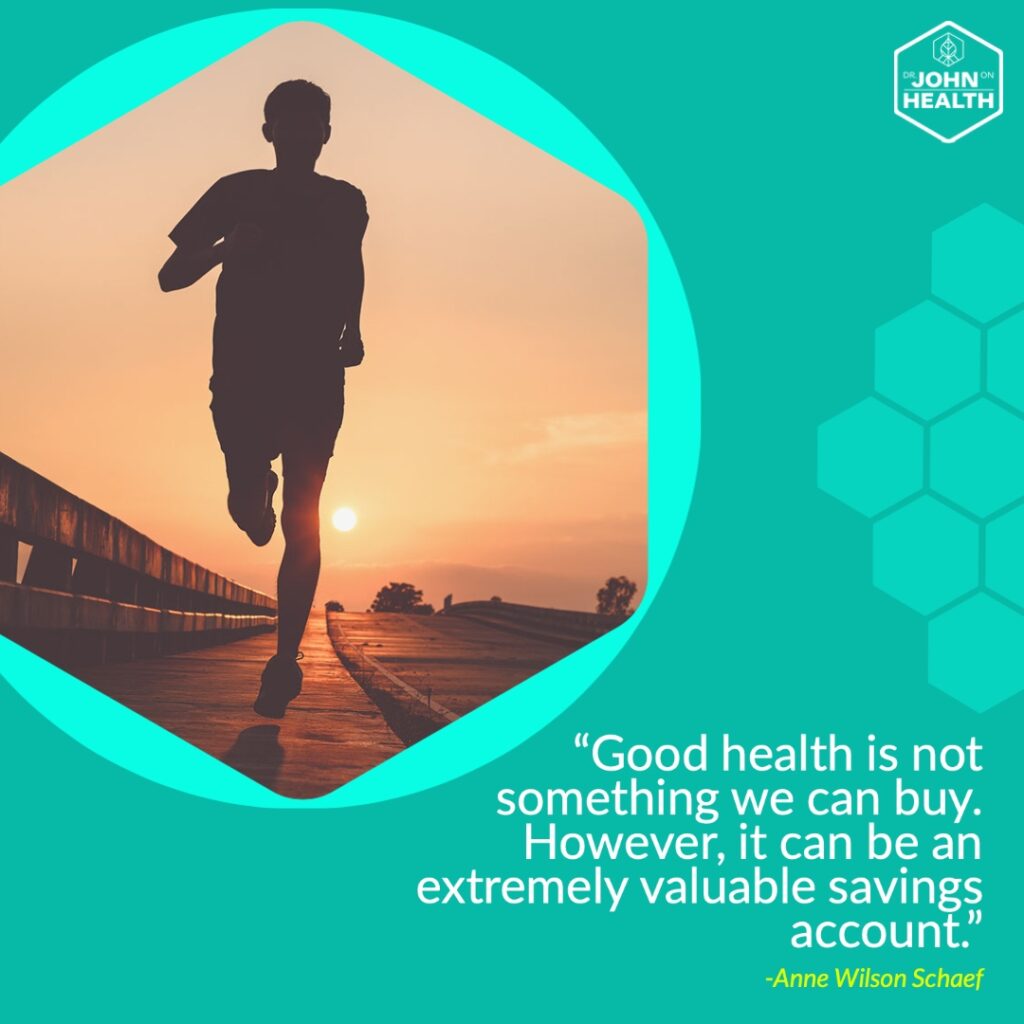
Misinformation that “good” cholesterol (HDL) removes “bad” cholesterol (LDL) has led millions of people to try to boost their HDL through supplements or other actions without changing their diets. Your body needs cholesterol, but high HDL offers no added protection and some studies have shown that very high levels of “good” cholesterol may be associated with an increased risk of heart attack and death.
Dietary cholesterol is a fat molecule that comes from animal products, not from plants. But even if you do not eat animal products, your body needs cholesterol and your liver makes cholesterol from fatty acids derived from nutrients in your food.
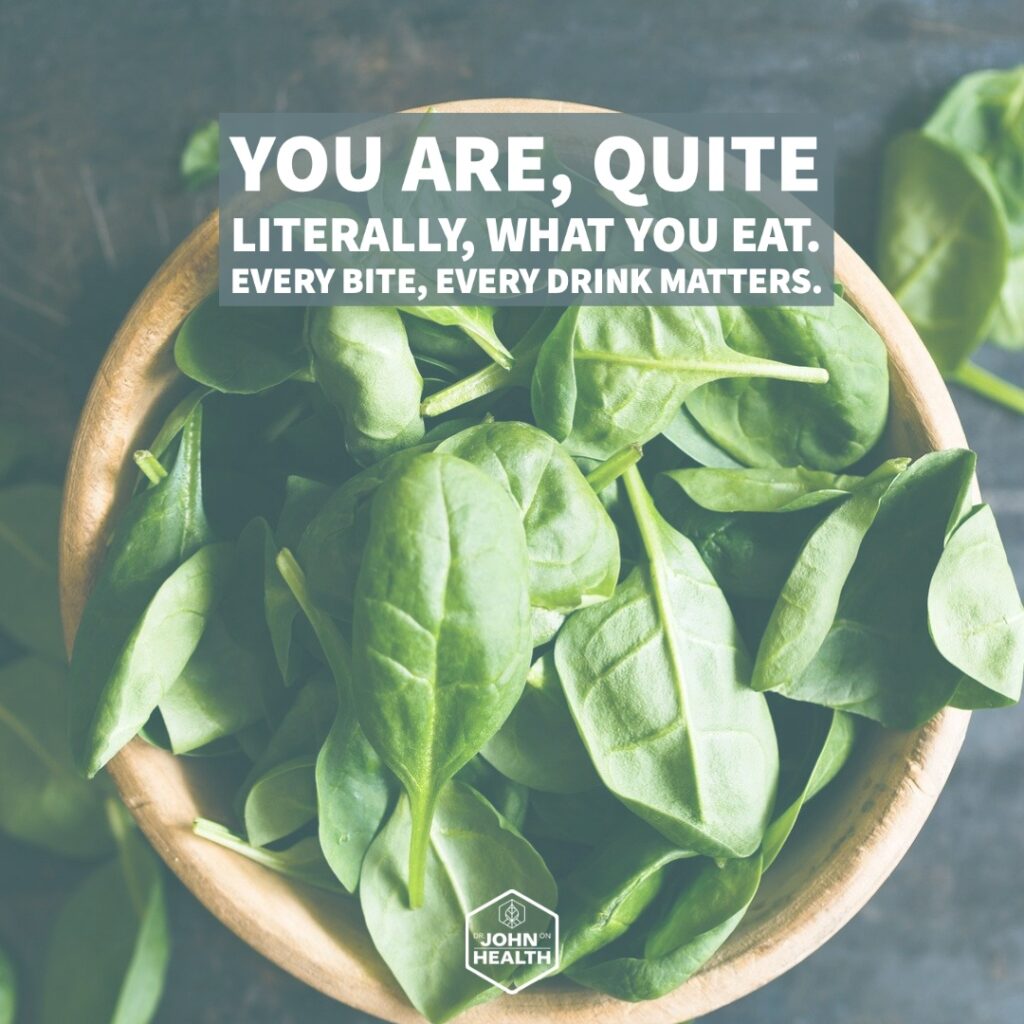
Why we need cholesterol…
Your body needs some cholesterol to build cell walls and make them functional. Without cholesterol in intestinal cell walls, your body would not be able to digest and absorb fat and you’d be running to the toilet after each meal. The relative stability of the cholesterol molecule allows the brain cells to have long-term memory. It helps to prevent excess loss of water from the skin when the temperature outside is higher than that of the body.
Every cell in the body needs cholesterol to build the external wall and internal cell dividers. The cell can internalize a cholesterol molecule only when it is attached to its receptor on the cell wall. Only LDL, not HDL, can attach to the cell wall because in HDL, a protein cap covers the molecule’s attachment site. In other words, LDL is the usable form of cholesterol, while HDL serves only as a floating storage form that can be converted into LDL form by removal of the protein cap in the liver when cells in the body need cholesterol. The protein cap on HDL is what makes it have increased density of its cholesterol molecule, thus the name “high-density” associated with it.
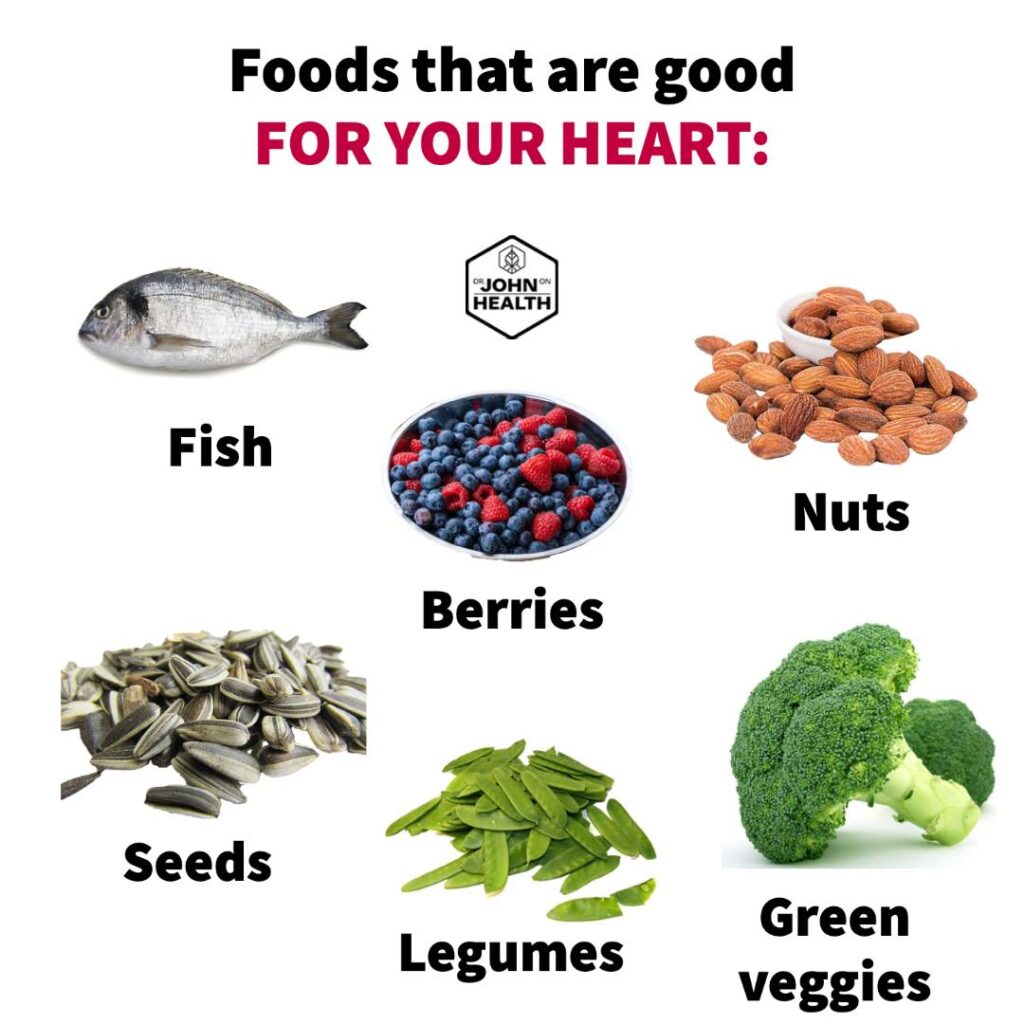
Good vs Bad Cholesterol?
It is generally believed that HDL cholesterol is the good one because as it flows through the bloodstream, HDL molecules gather up LDL molecules. But this is questionable, and no science proves it. For a molecule such as HDL to remove an LDL molecule that is attached to the blood vessel wall, it requires a power source. Only cells, not molecules, can generate power in the body.
What counts most is keeping your LDL cholesterol low, because an excess of these molecules in the bloodstream can attach to the lining of arteries, eventually building up a fatty, wax-like blockage that clogs the arteries and impedes blood flow. If this happens to arteries in the heart muscle, it can lead to a heart attack. If it happens to arteries in the brain, it can lead to a stroke.
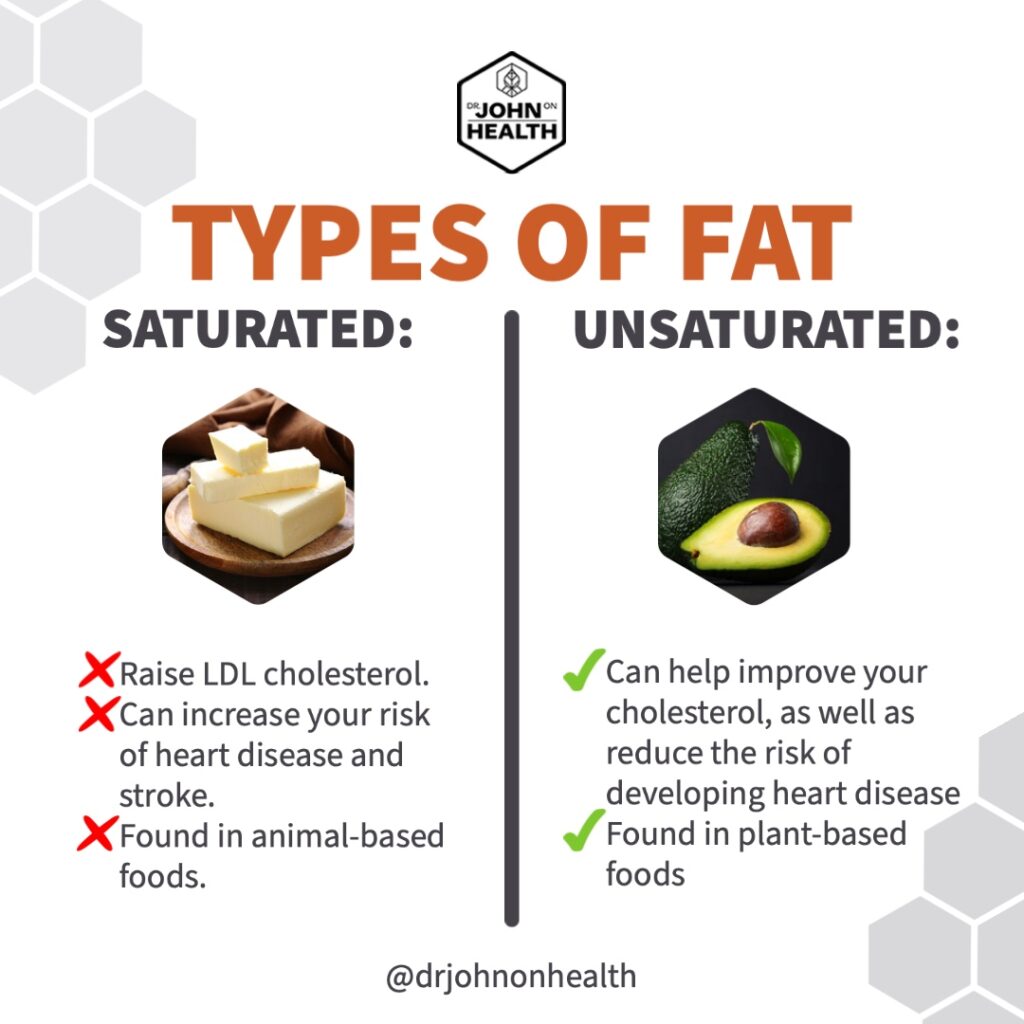
What do grains have to do with it?
Therefore, based on the modern-day diet, reduced consumption of the raw material that your liver uses to produce cholesterol should be the preferred approach, compared to the use of medications that block the liver from manufacturing them. You can accomplish this by reducing the intake of an excess of carbohydrates in the form of grain and grain flour-based foods that provide your liver with excess glucose from which the liver can manufacture fatty acids to construct cholesterol molecules.
Grains like wheat, corn, and rice and grain-flour products made from them contain large amounts of glucose. So despite being touted as healthy, these products raise blood glucose levels. Did you know that 100 grams of whole grain contains 77 grams of glucose? In effect, eating a sandwich, a slice of pizza, a doughnut or muffin, and so on floods your body with glucose that, if not used immediately by your muscles and organs, ends up getting stored as fat or raising your cholesterol level.
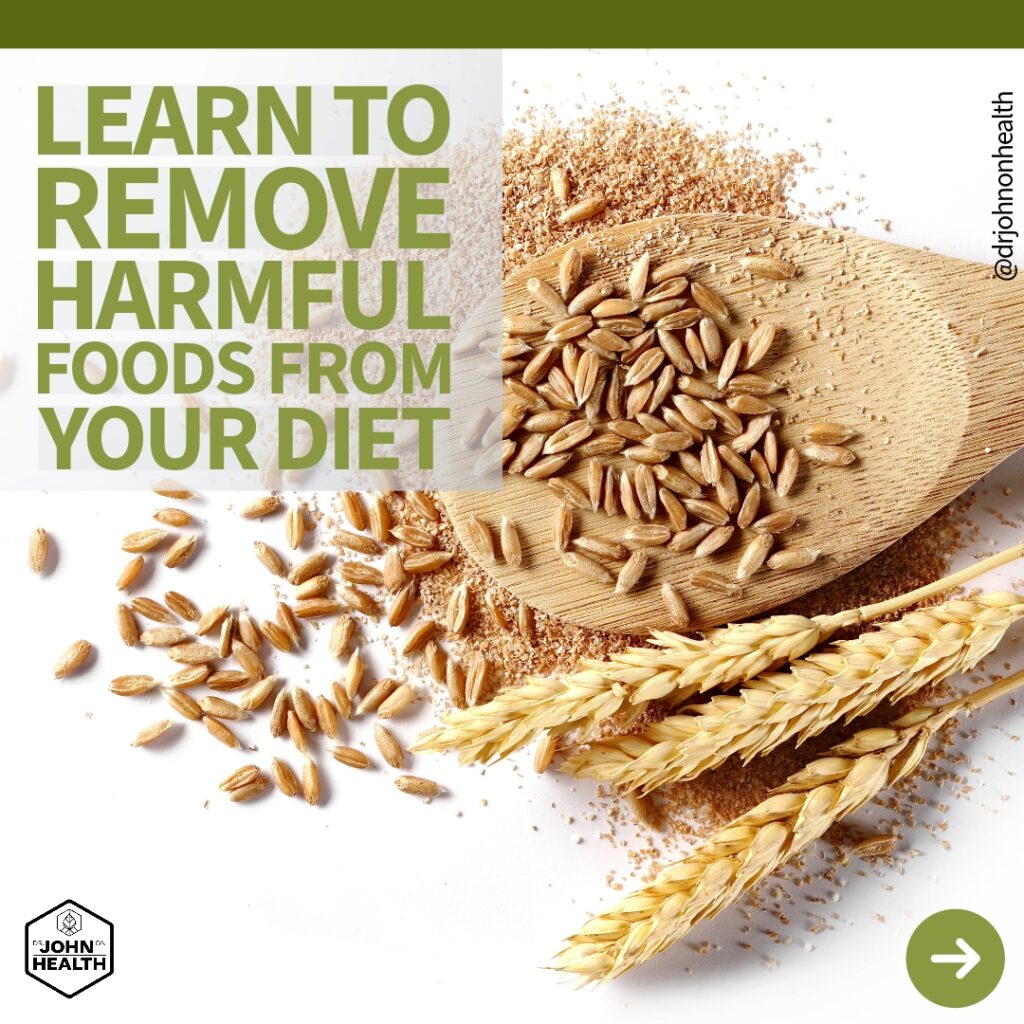
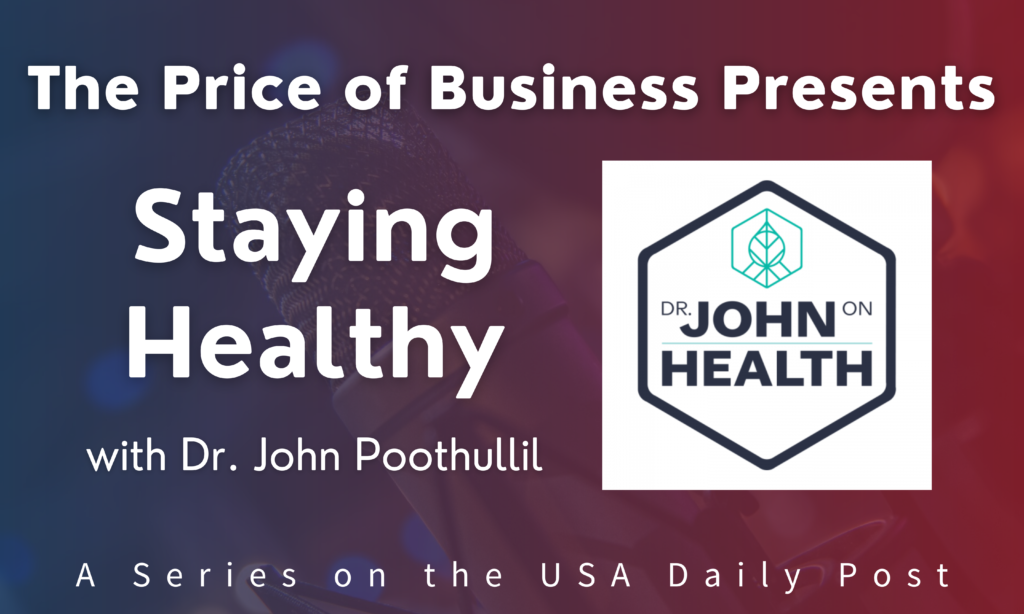
Don’t let Type 2 diabetes or pre-diabetes control your life – start a delicious new journey to a healthier, happier you today!
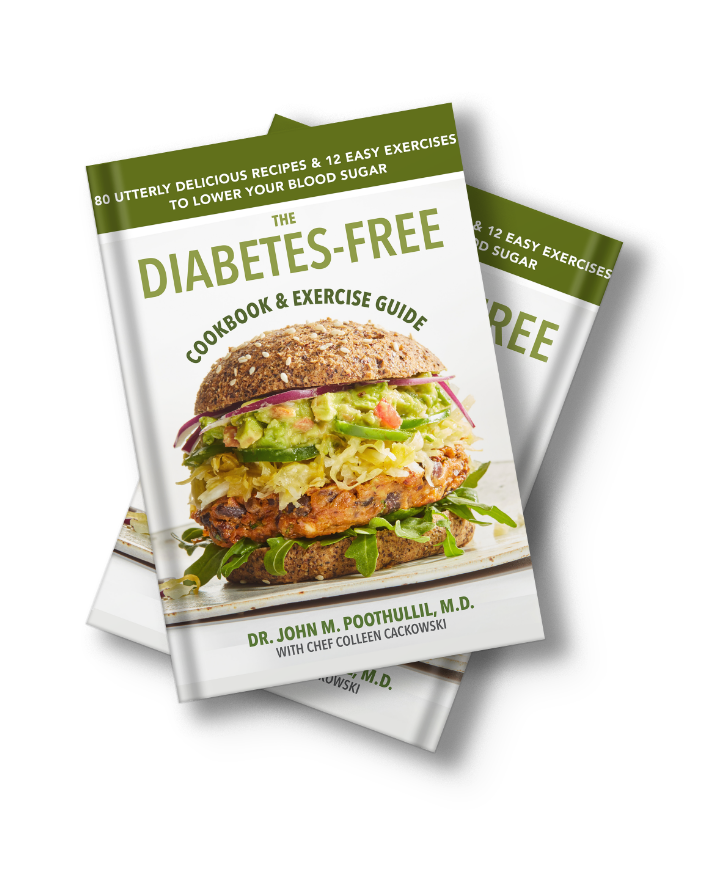
Discover how you can live a diabetes-free life with Dr. John’s groundbreaking cookbook and exercise guide. With over 80 appetizing low-carb recipes created by Chef Colleen Cackowski, you’ll never miss the high-carb, high-sugar foods of your past.
Every recipe nourishes your body and keeps your blood sugar levels in check so you can enjoy tasty, satisfying meals. Dr. John also offers 12 easy-to-do exercises to boost your flexibility and balance and keep you healthy as you age.
What people are saying…
Filled with tons of easy-to-make meals and encourages enjoyable meal planning for moms like me. I highly recommend this book to diabetics and families trying to live and eat healthily. —Maria Chalissery, M.Sc., Diet Technician
If you are looking for ways to improve your health and add more zing to your meals, these recipes are exactly what you need. —Jyoti Veeramoney, Chef, Certified Yoga Instructor
These exercises are great because they focus on dynamic movement that improves joint range of motion and flexibility. They require no equipment, build core strength and stabilization, and incorporate movements that can correct posture, which can decrease the risk of falling. —Sophia LaValle, NASM Certified Personal Trainer

